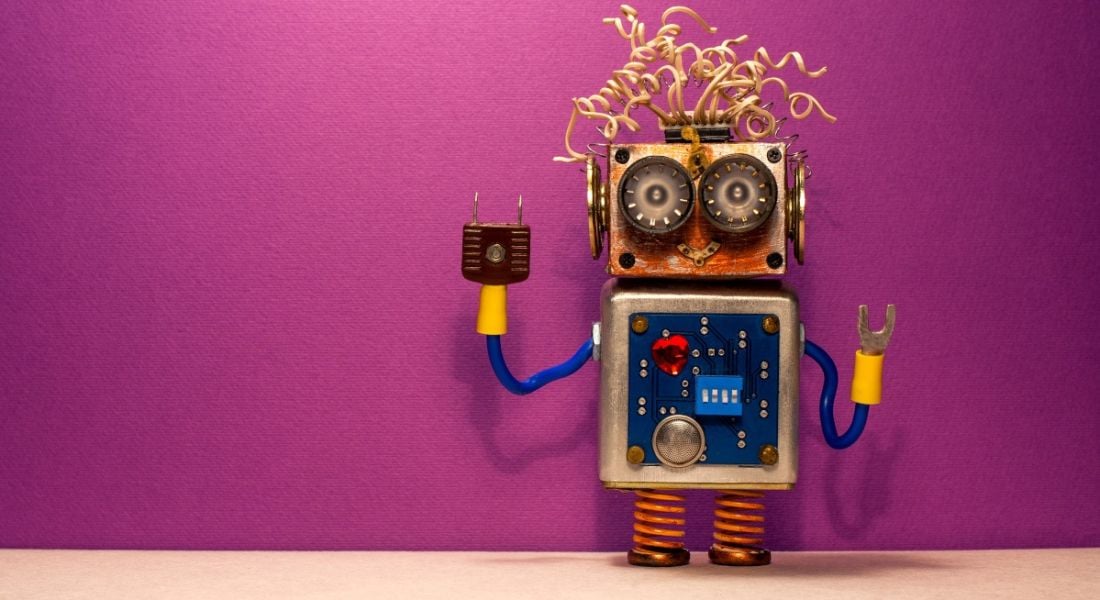Experts have made educated predictions about the future of work in the past, but no one saw 2020 coming. So how has Covid-19 altered those carefully thought-out predictions?
Let’s be clear: no one can truly predict the future. However, with expert analysis and careful monitoring of trends, educated guesses can be made, future trends can be estimated, and assumptions and predictions can be formed.
But if 2020 has proven anything, it’s that nothing is set in stone and when a situation as drastic as a global pandemic hits, every expertly formed opinion can go out the window overnight.
So, when it comes to the future of work and what we once expected that to bring, how has Covid-19 altered the trends? Speaking to Hays’ global head of technology, James Milligan, and UiPath’s area vice-president and managing director of UK and Ireland, Chris Duddridge, it seems some trends have sped up, some have slowed down and the future remains uncertain for others.
Accelerated flexibility and skill demands
Greater flexibility and more remote working were always expected from the future of work, but no one could have predicted the switch to happen overnight. Now that it has, the conversation has turned to how we’re going to find a good balance while maintaining the flexibility many workers currently have.
Milligan said we’re unlikely to go back to a time when employees worked nine to five, five days a week in an office setting. Instead, there may be hybrid working arrangements with pandemic-proofed workspaces. “There’s been a clear acceleration in remote and hybrid working overnight as a result of Covid-19,” he said. “This acceleration would have likely happened eventually, but in a phased approach over the next five to 10 years.”
‘Organisations are realising that remote working doesn’t provide an equal playing field for all’
– JAMES MILLIGAN
However, it’s important to note that, while the benefits of more remote working have been discussed a lot in relation to the future of work, Covid-19 has brought the challenges of a completely remote workforce to the forefront.
Remote working can offer excellent benefits and flexibility for workers, but when people don’t have a choice, the problems become clear. “Not everyone has enjoyed the remote working experience,” said Milligan.
“Organisations are realising that remote working doesn’t provide an equal playing field for all due to the vast differences in circumstances for professionals. Ensuring new ways of working are as inclusive as possible will be essential for organisations going forward.”
Milligan also believes Covid-19 has accelerated the need for certain skillsets. While the demand for cybersecurity professionals and cloud architects was already on the rise, the sudden move to remote working will increase demand even more. “There will be a demand for those with technical skills who can go back over what processes have been put in place to ensure they are as effective as possible.”
A new way of hiring and communicating
The future of work has often been heralded as a time when increasing automation will mean workers will need to focus on soft skills such as agile thinking, problem-solving and communication.
But previous predictions didn’t know how soon and how much these skills would be tested, especially when we look at how most employees are now communicating. “We’ve moved from a world where a lot of what we did was telephone based and now video is at the heart of what we do,” said Milligan.
“Communication skills are now more important than ever, and soft skills such as empathy and emotional intelligence are already in demand from employers.”
With recruitment in mind, Milligan highlighted that in this new future of work, hiring new employees will be one of the biggest challenges.
“Traditionally, onboarding and learning would take place in the form of structured training in the office, whereas many organisations will be thinking about how they can replicate this virtually,” he said.
“Hiring new entrants to the workplace into a hybrid working model will present new considerations such as providing equal access to progression, and opportunities to be mentored and learn from others.”
The automation debate
While predictions around skillsets and remote working have now been put to the test because of Covid-19, another common question around the future of work deals with automation. First, there were fears that robots would take our jobs. Then the conversation moved onto how robots will actually just enhance our jobs.
So, what has Covid-19 done to the debate about robotic process automation (RPA)? UiPath is a global software company that develops a platform for RPA and Duddridge leads the teams that are helping companies in the automation adoption process.
He said he imagines the office of the future as one where employees could be “free from drudgery” and focus on things that matter to them. “Since the Covid-19 crisis hit, this vision has started to become a reality,” he said.
“When people were sent home to work, manual processes were disrupted. Some customers reported during the initial disruption [that] only the software robots kept working without fail and had capacity to take on more, reliably and around the clock. This showed organisations how vital robots are in supporting employees when it comes to keeping businesses running.”
‘In the Covid-19 crisis, robots have come to the rescue of many organisations and it won’t go back to the way it was’
– CHRIS DUDDRIDGE
Much like the once nebulous conversation around a more flexible future of work, automation was one of those things that seemed to be always coming down the line but was never truly trusted or adopted by many businesses. However, Duddridge said Covid-19 has forced many companies’ hands and, just like remote working, we can’t turn back the clock.
“We have seen clients automating many more operations extremely fast in response to new demands. For example, telecoms firms creating new robots to automate changes to subscriptions in huge volumes, banks answering demands from customers via assistants with enhanced abilities that bring together the capabilities of software robots and those of chatbots, airlines using robots to handle peak demand in flight refunds, or insurers introducing new robots in days in order to deal with a wave of new policy applications once lockdown lifted,” he said.
“Much of this is because, having developed customised solutions for their specific Covid-19-related challenges in a very short period of time, our customers have realised they can drastically shorten the time to value with RPA deployments.
“In the Covid-19 crisis, robots have come to the rescue of many organisations and it won’t go back to the way it was.”




